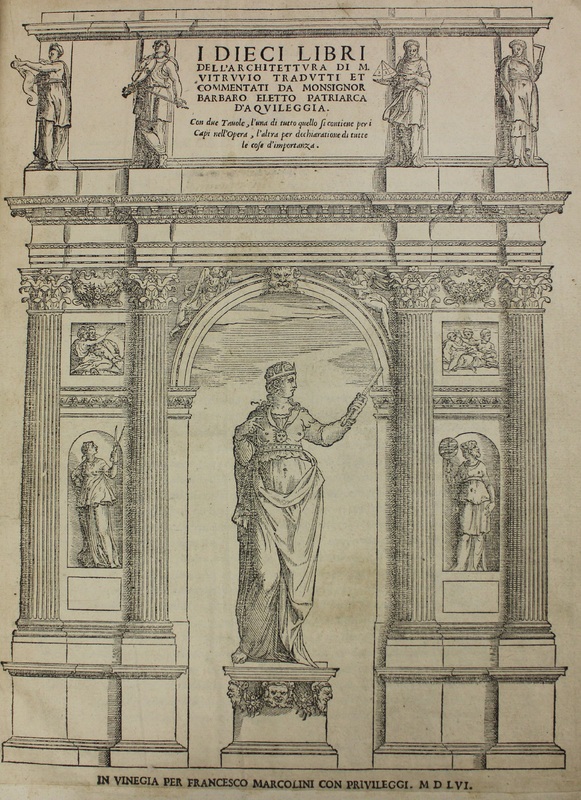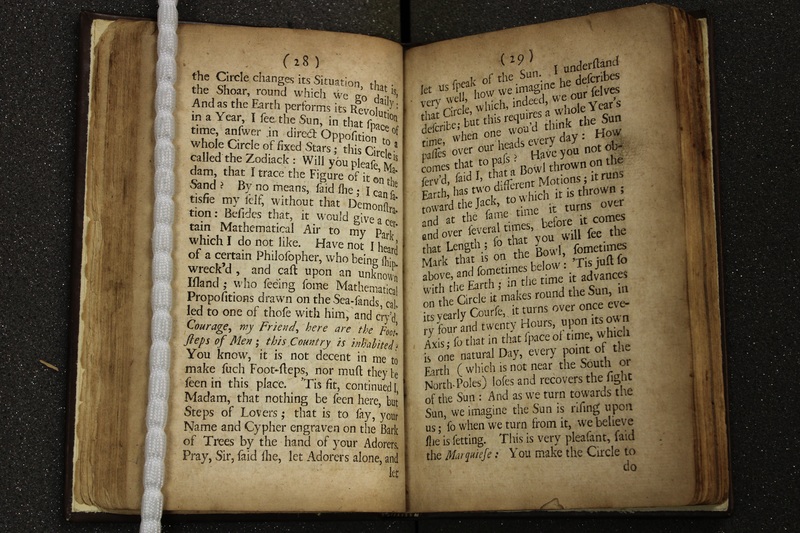Early Modern Revolutions
The early modern period in western Europe — a conceptual and chronological bridge from the medieval period to recognisable modernity — is notoriously difficult to pin down with precision. One convenient proposed starting point for the period is the advent of movable type in Germany in the mid-fifteenth century. Whatever the chronology, this time period is universally associated with profound societal change accompanied by (and sometimes driven by) rapid developments in literature, art, architecture, technology, and science. In the sciences, these trends were driven by an increasing focus on practical experimentation and empirical observation; this is the time period when our conception of the "scientific method" began to assume a cogent, recognisable form. Though it was a time of violent religious upheaval and burgeoning colonial impulses, which would lead to untold horrors over the centuries to come, the humanistic aesthetics and impulses of the period also drove numerous philosophical and practical reforms in society. The items below highlight some of these developments.



